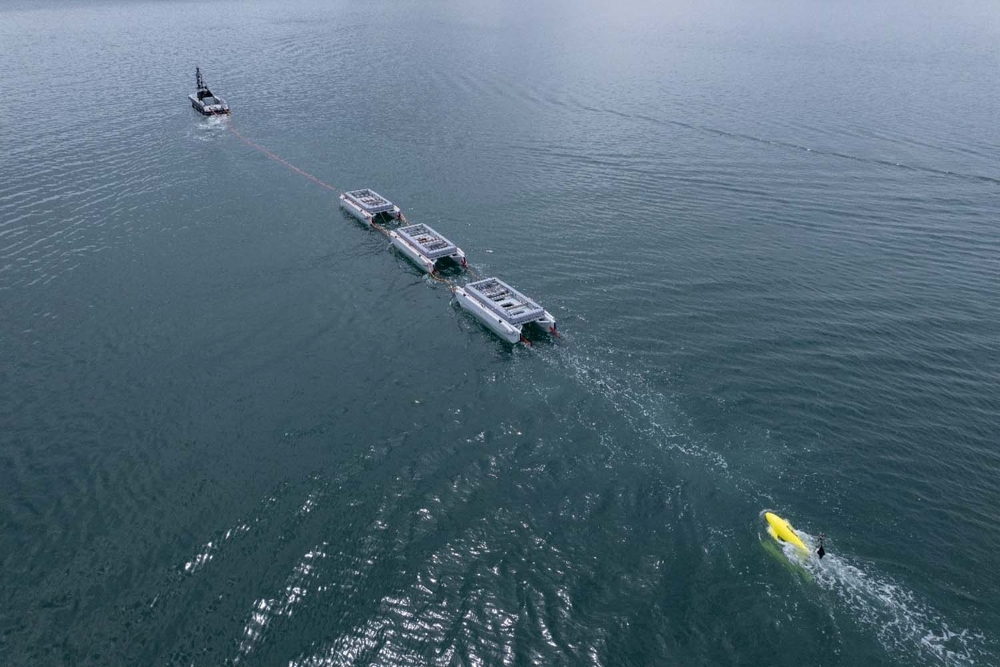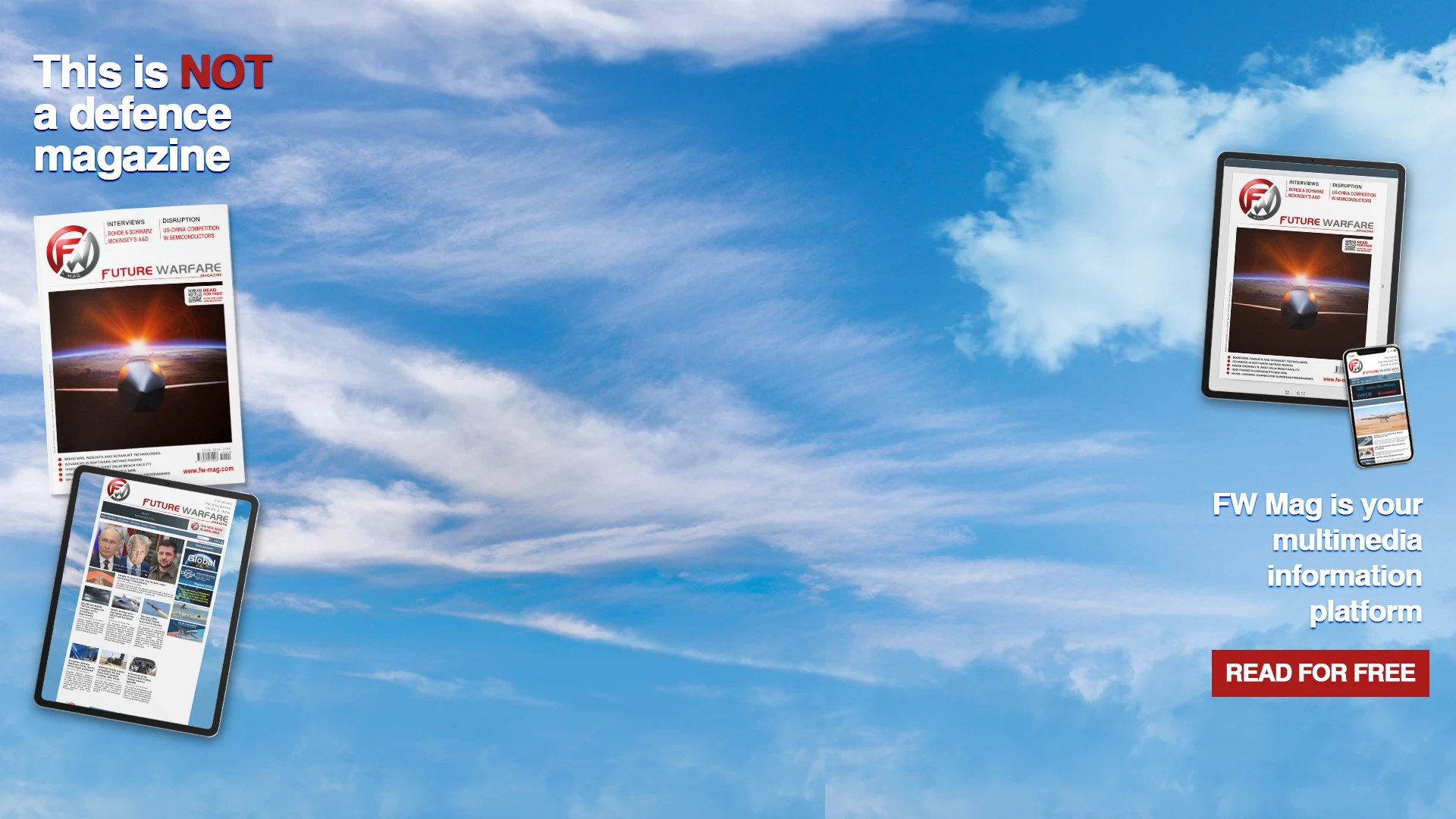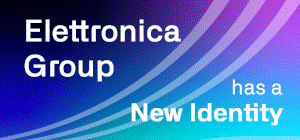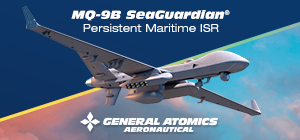
At the end of June, TKMS Atlas UK and the Royal Navy celebrated the delivery of the third (and last, for the moment) frontline combined influence sweep system, destined to become a key component of the 3 Mine Hunting Capability (MHC Block 1) systems being put in service as replacement for the SANDOWN-class minehunters.
The combined influence mine sweeping capability of the Royal Navy had been dormant since 2005 when it was last exercised from the manned HUNT-class minesweepers off the Isle of Wight. It was clear even back then that sweep capability would in the future be delivered by an uncrewed solution, but its development ended up being longer than perhaps imagined at the time.
The concept of uncrewed, remotely controlled and/or autonomous sweeping was developed from 2007 under the Flexible Agile Sweeping Technology (FAST) project. Building on the results of that first programme, the development of SWEEP in its current form began in May 2015 with the award of a 13 million contract for a Block 1 prototype system and a related demonstration campaign. That first set was delivered to the Navy in May 2018 for trials.
In January 2021, after a successful demonstration campaign, the MOD placed a 25 million order for 3 SWEEP sets. The first was delivered in 2022, and the last was handed over on 25 June 2025.
The combined influence SWEEP system by TKMS Atlas UK is a national development, separate from the OCCAR-managed, UK-France MMCM project.
The system employs an 11-meter ARCIMS uncrewed surface vehicle (USV); a power generation module that is installed on the cargo bay of the USV; 3 Auxiliary Coil Boats towed behind the USV and a variety of other sub-systems that cause the detonation of enemy mines through magnetic, electronic and acoustical signature.
The 3 Coil Auxiliary Boats generate magnetic signatures to trick the mines. Electrodes deployed in the water generate an Underwater Electric Potential (UEP) signature as well, while a variety of towed bodies are used to generate acoustic signatures, both electrically and passively, thanks to the water flow. There is also an Echo repeater to simulate active sonar use.
The Sweep system can be fitted to any of the Atlas-build ARCIMS USVs. The Royal Navy has procured 6 boats of this kind: HAZARD, HUSSAR, HALCYON, HARRIER, HYDRA and HELLCAT, although HAZARD was delivered in manned configuration and used for early trials. The first boat to be fully certified for Autonomy Degree 3 (Remote Control) was HYDRA.
The ARCIMS boats retain mission flexibility, however. The reconfigurable cargo area can also be fitted for launch and recovery of underwater uncrewed vehicles (UUVs), in particular the Atlas SEACAT UUV. 3 sets of 3 SEACAT each have been procured for the MHC Block 1 frontline systems, adding to a flotilla of REMUS 100, 300, 600 and IVER series 3 and 4 also in use with the Royal Navy. The ARCIMS boats can also be fitted with towed survey sonar.
ARCIMS can be easily air transported on its trailer, with the Auxiliary Coil Boats stacked in a container. Other containers are used for the command post, the wire spools and other equipment. As few as 9 personnel can operate a SWEEP system, which can operate directly from the shore or from motherships.
The theoretical configuration of an MHC Block 1 system comprises an ARCIM and a SWEEP set in addition to an MMCM set with its own 11-meter USV.
The Royal Navy already plans to expand the toolbox by adding at least a third 11-meter USV as MHC evolves towards its Block 2 configuration.








.png)
